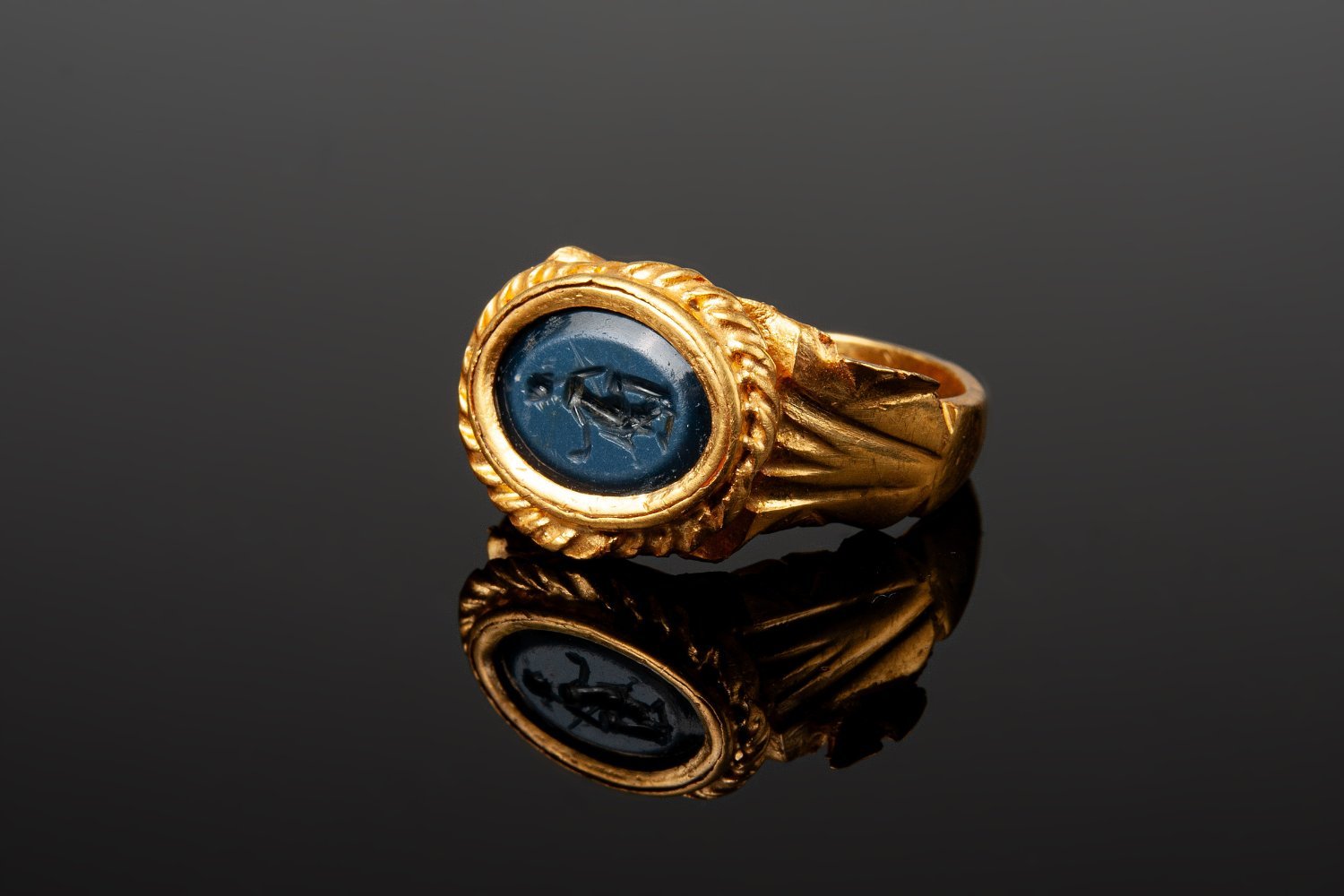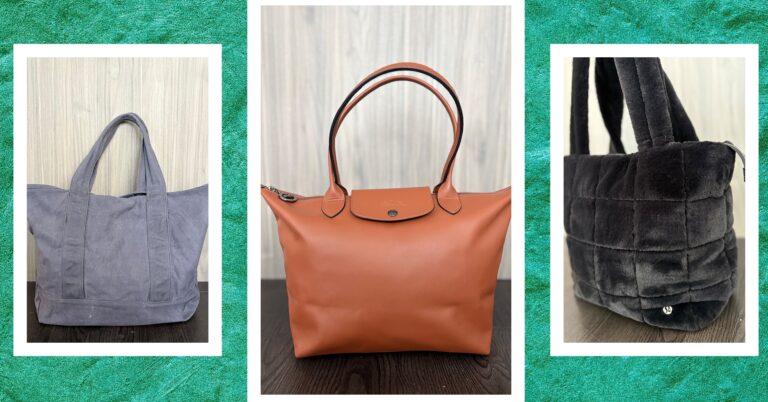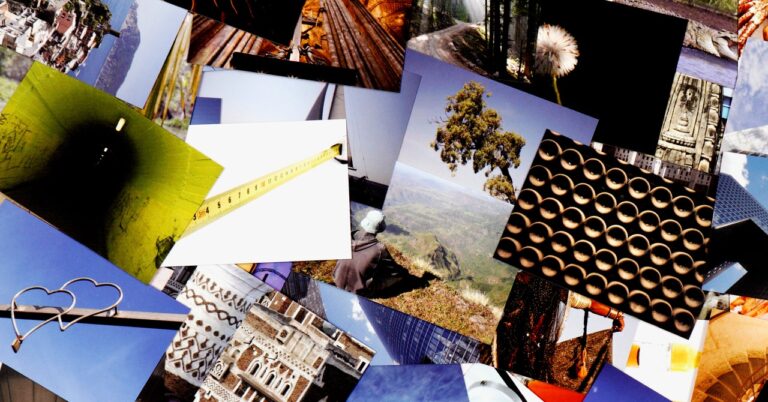Stunning Gold Ring From Roman Era Found on Ancient French Road
Well, it’s not five gold rings, but with only two days to Christmas we’ll settle for it. An excavation of a Bronze Age settlement in northwestern France has revealed a remarkable golden ring, swords, and a handful of other intriguing objects from the time.
INRAP—France’s National Institute for Preventative Archaeological Research—led the excavation, which took place in Brittany. The site contains Bronze Age artifacts but shows evidence of consistent settlement through the 10th century. The excavation turned up vases, terra cotta fragments, swords, coins, and a distinctive golden ring.
Moreover, the recent work suggests the site was part of an ancient trade route that handled goods from across the continent. During the excavation, INRAP archaeologists found a strip of quartz pebbles about 26 feet wide (8 meters wide) they determined to be an ancient road. The sides of the road were delimited by ditches, and the archaeologists identified traces of ruts in the quartz made by wheeled vehicles. According to an INRAP release, the road likely dates to between the beginning of the second century and was used through the fourth century.

The gold ring (shown above) was found on that road, and dates to roughly the same time period. The ring is a Roman nicolo, identifiable by the figure cut into the stone. According to the INRAP release, the figure on the ring may be Venus Victrix, who manifests victory for the wearer.
Later, the INRAP team found evidence that a settlement existed on the site between the 5th and 10th centuries, and peaked between the 7th and 8th centuries. The dozen Carolingian denarii (shown at the top of the article) date to the 9th or 10th centuries.
Though no structures remain at the site, the researchers identified quadrangular plots across the site separated from each other by ditches. Though some plots seemed to contain buildings, others were used for other purposes, including growing crops and used for pasture.
The team also found underground storage silos generally used to store grains, pits for water storage, and other pits that appear to have been used as hearths or ovens. Some of the ancient terracotta elements that were used for storing goods or cooking also showed signs of reuse in the medieval period, indicating that the later residents of the settlement were aware of its more ancient occupation.
The INRAP dig is just the latest of some compelling archaeology out of France this year. In April, a different team studied victims of ritualized human sacrifice in the Rhône Valley and found that the practice was widespread across Europe during the Neolithic. To read more about this year’s stunning archaeological finds, check out our 2024 recap.







